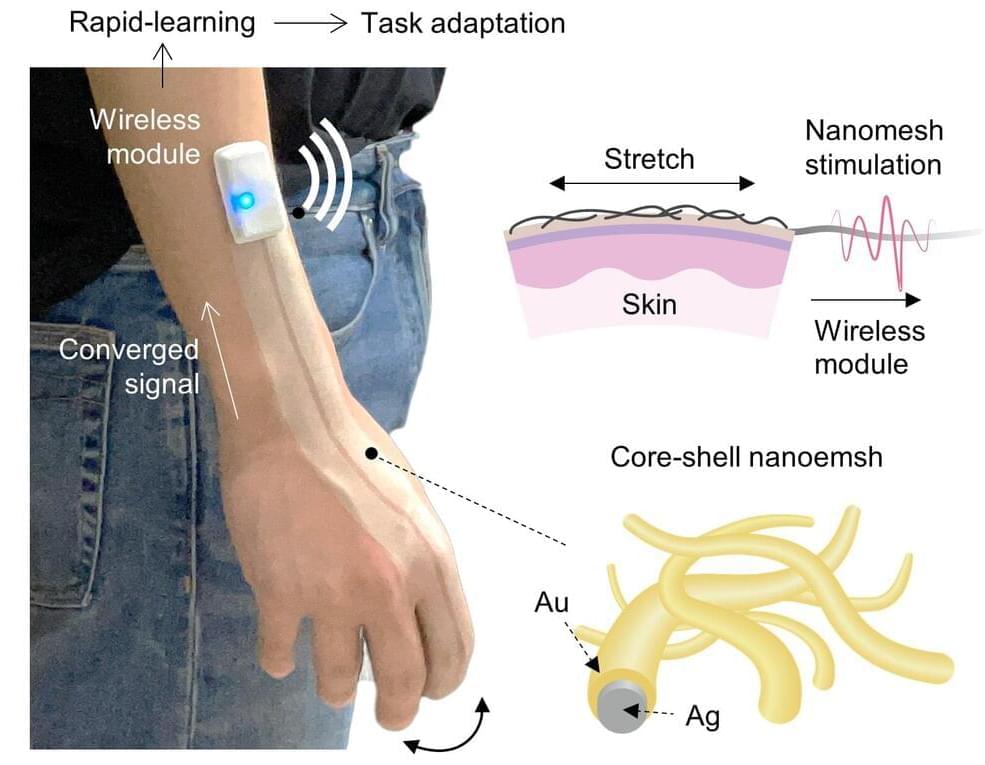Imagine being able to have a language conversation about anything with a computer. This is now possible and available to many people for the first time with ChatGPT. In this episode we take a look at the consequences and some interesting insights from Open AI’s CEO Sam Altman.
» Podcast: https://www.youtube.com/channel/UC6jKUaNXSnuW52CxexLcOJg.
Interviews with Altman: https://www.youtube.com/watch?v=WHoWGNQRXb0
» Twitter | @ColdFusion_TV
» Instagram | coldfusiontv.
//Soundtrack//
Burn Water — Nostalgia Dreams [The Deep Mix]
All Parts Equal – Airae.
City Phases — John Abbot.
Burn Water – Ikigai.
Burn Water – Take Flight (Instrumental)
In the Waiting — Johannes Bornlof.
Burn Water — Yesterday’s Future.
Roland Lewis — Wait.
Burn Water – Being Honest.
Aphex Twin – Stone in Focus.
Tangerine Dream — Love On A Real Train.
Burn Water – Passage of Time.
Burn Water – Nostalgia Dreams.
Sources:









